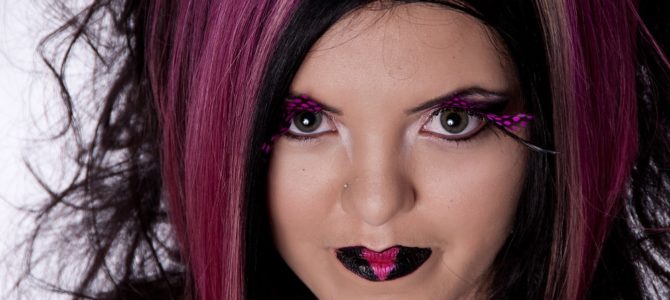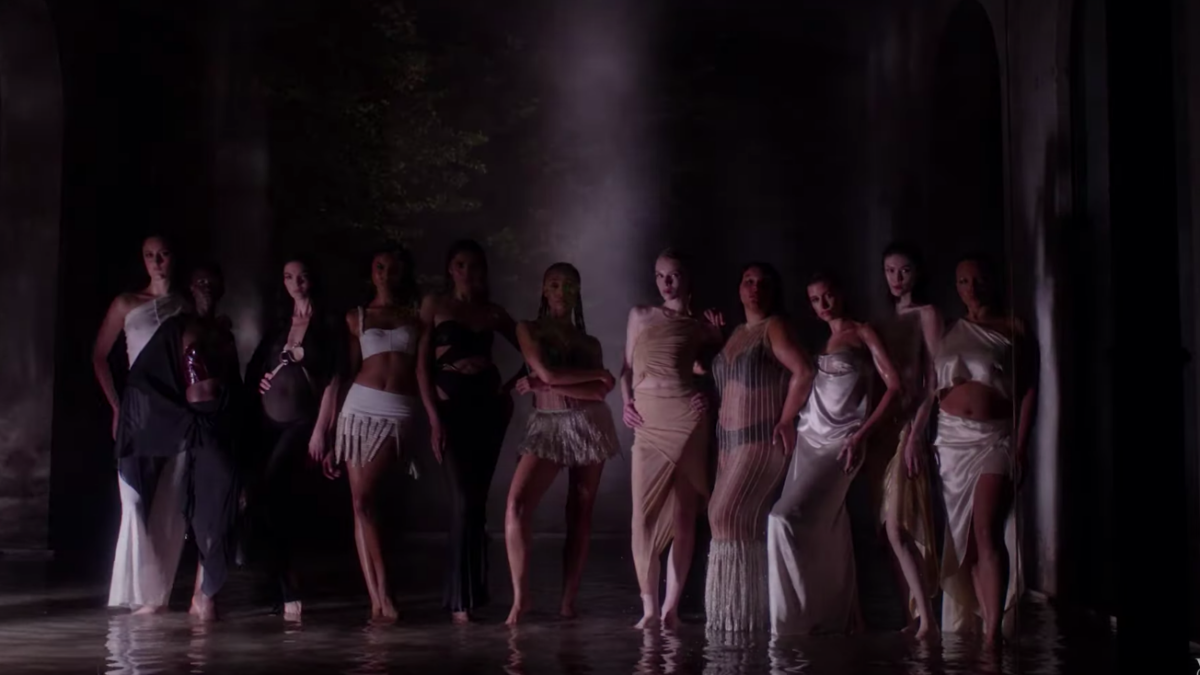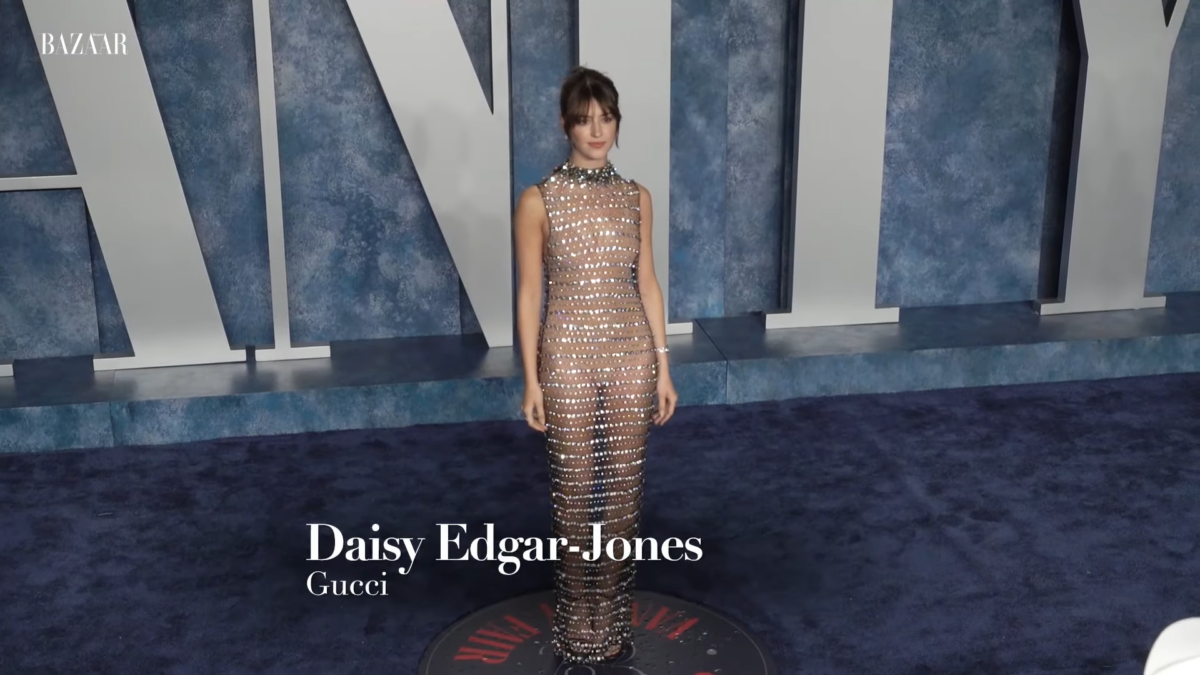
The lesson from a new study on how heavy makeup affects character judgment seems clear enough: look like a mannequin, get treated like a mannequin. But is that all there is to it?
A new study published in Sex Roles tested the “cosmetics dehumanization hypothesis.” Participants were asked to fill out a survey after viewing pictures of females without makeup and with heavy makeup, answering questions relating to the women’s character. The results revealed heavy makeup may affect the perception of more of women’s attributes than we typically think of, such as a woman’s self-confidence and sexuality.
In the first known test of the potential dehumanizing effects of heavy makeup, researchers found that women wearing makeup were thought of as less competent and warm and possessing less experience, humanness, and agency. The experiment was repeated several times using faces of both models and “ordinary women,” and even tested the comparable effects of eye makeup and lipstick.
Affected perceptions reached as deep as women’s morality, as participants of both sexes rated heavily made-up models’ faces as less trustworthy and sincere (although the effect wasn’t found on ordinary faces). Interestingly, they did not test for differences in how males and females perceived the faces.
This Might Not Mostly Be about Makeup
People who generally find “makeup-y” looks distasteful may be quick to jump on this study as evidence wearing makeup dehumanizes personal interactions. The exasperated husband who waits in the car time and time again for his wife to finish primping might be quick to agree. It’s basically cheating, after all.
Countless men on first dates have squinted over the table in the soft restaurant lighting and thought, Do I even know what you really look like underneath your eyeshadow and full-coverage concealer? As one man put it, “If it’s heavier, especially during the day, she’s more exaggerated and theatrical and may be hiding something.”
It’s conventional wisdom that men prefer more natural looks when interacting with women in real life. But it turns out the study tells us less about judgments of made-up women in “meatspace” and more about how women’s impressions may be hampered online and on television.
Approaching it this way, one of the study’s serious limitations turns out to be a benefit. Instead of hiring models and makeup artists and then taking pictures, researchers used an equivalent to FaceTune called ModiFace to create “the makeup condition” on women’s faces (the example below is from here).

It wasn’t real makeup, and that makes a difference in how the makeup is perceived, even if its digital nature isn’t obvious to survey participants. Real makeup looks real, even if it’s heavy, and it makes perfect sense that a digitally edited face would appear less human than a normal one.
This Effect Is Amplified Online
On the other hand, it may provide useful information about how heavy makeup and retouching affects the judgments of online viewers. Photo-editing and exaggerated makeup such as colorful or dark eyeshadow, heavy eyeliner, sharp contouring, and bright or overdrawn lips is common among young women on Instagram, particularly the ones who are, or are seeking to be, “influencers.”
The dozen layers of products aren’t just for fun. Done well, they can look really pleasing on camera, especially under bright studio lights. But perhaps more importantly, the process of achieving that look is a performance in itself.
Influencers employ a variety of theatrical techniques in their demonstrations, such as using a dropper to drip copious amounts of shimmering primer onto their faces, patting several different color-correcting liquids into different areas of the face, or literally painting the foundation onto their cheeks. A never-ending supply of dramatic new methods, no matter how unnecessary or counterproductive, entertain curious viewers. This over-the-top style of makeup is not the entirety of makeup entertainment, but it’s certainly a large part.
Camera Makeup Looks Like a Video Game
The application of makeup has gone from a process confined to backstages, bathrooms, and bedroom vanities to a multi-billion-dollar entertainment industry. But the problem with theatrical and click-baity makeup application is that the final result, while it often looks attractive on camera, makes women look unreal.
With that doll-like porcelain skin, blushed cheeks, and magnified eyes, they could have leapt out of a videogame. Even without photo-editing, there’s an almost unsettling level of symmetry and evenness to InstaGlam looks, almost as if the makeup had been wholly created by an app. That goes for most looks created for news and infotainment programs, too.
Of course, many have lamented how this style of makeup has bled into real life. Thanks mostly to InstaGlam, more young women are spackling their faces in contour and concealer and over-lining their lips like they’re going incognito.
It’s not just the entertaining salesmanship of influencers driving the fact that women are spending more on makeup than ever before; but as women make themselves more visible online, they begin to care more about how they look in pictures than how they look in real life. Because we live online life and real life at the same time, we see more of that heavy makeup in the physical world.
Does Onscreen Makeup Fuel Cruelty?
Even if we weren’t concerned with how InstaGlam comes across in real life (especially when applied by amateurs), the results of the study should cause us to examine how makeup affects judgment of female media figures, especially when heavy makeup is part and parcel of the job requirements. Media figures like TV news hosts and pundits are pelletted with thousands of hate comments in part because it’s easy to dehumanize people you haven’t met in real life. Women in the media receive ‘round the clock harassment, sexualized and otherwise.
Given the emotional and psychological toll these demeaning attacks take on women (it isn’t a 100 percent possible to “just ignore them”), and how important it is that women have a strong voice in public discourse, it behooves us to ask: are the makeup looks common to cable news anchors and contributors making it even easier for people to dehumanize them? The evidence from this study suggests yes.
If perceptions of core individual aspects like agency, competence, experience, and sincerity are hampered by exaggerated, doll-like makeup looks, maybe part of the sexism these women experience is really due to the way their images are constructed. It may be time for TV makeup artists to lay off the contour powders and thin out their forests of fake lashes.
Given the significant and consistent results found in the study’s experiments, researchers should test the cosmetic dehumanization hypothesis in ways that could speak to how members of the media and online influencers are being judged. The truth is that most women don’t wear InstaGlam makeup, but the ones who do are generally very public, and thus more vulnerable to its dehumanizing effects. It may turn out women’s impulse toward beautification might be holding them back in more ways than just making them late.
Nonetheless, it bears repeating that the effects of more “natural” or light makeup weren’t tested in any of the experiments, so men should think twice before asking their significant others to go barefaced (honestly, they might not prefer it). But for a lady to skip the black eyeliner and bright lipstick for a job interview is probably a good idea.









